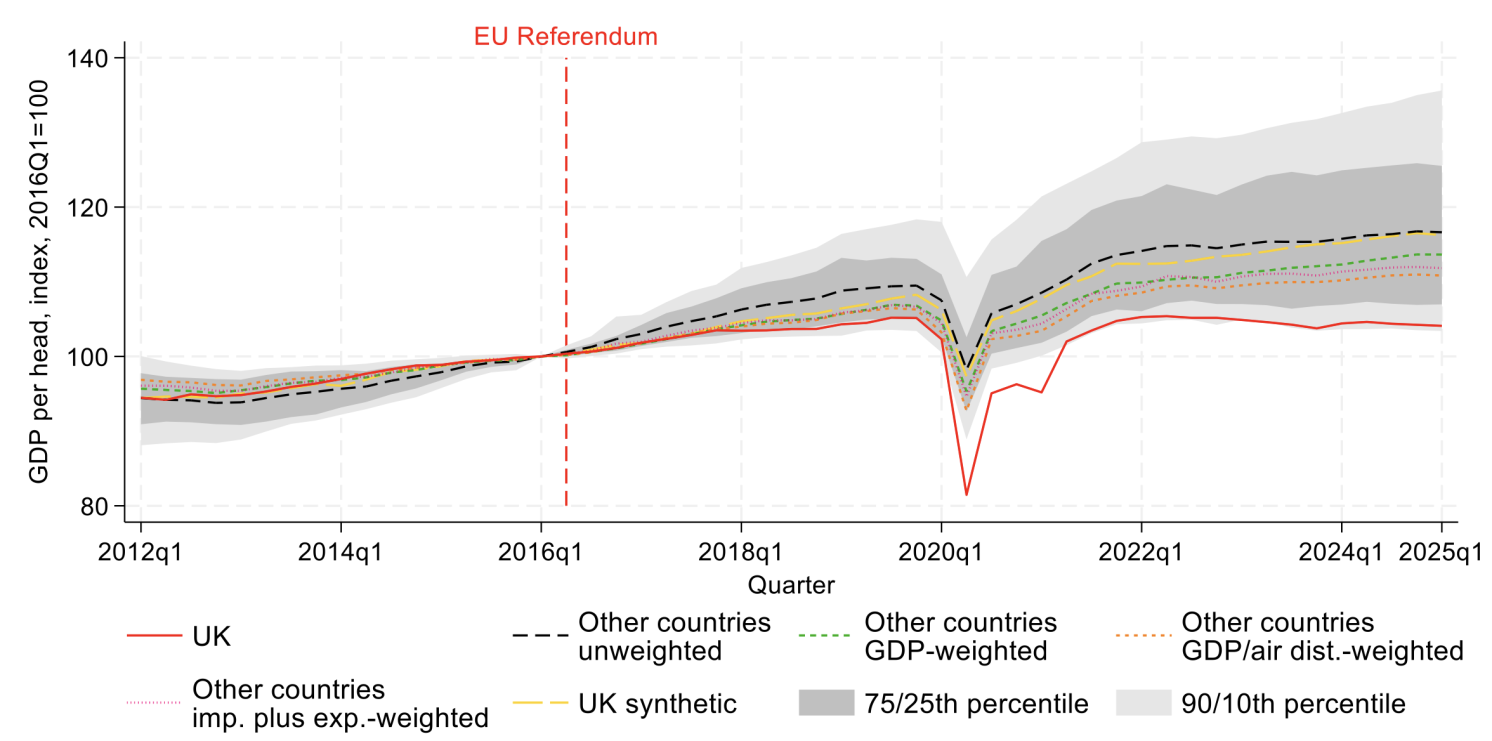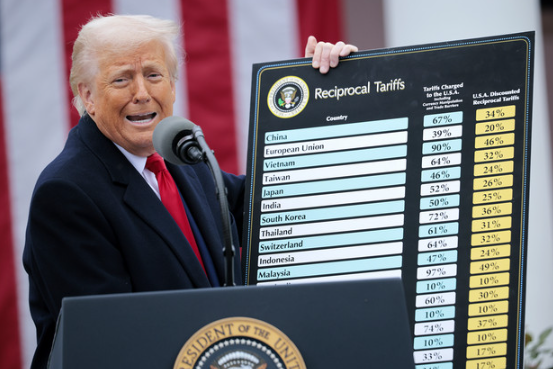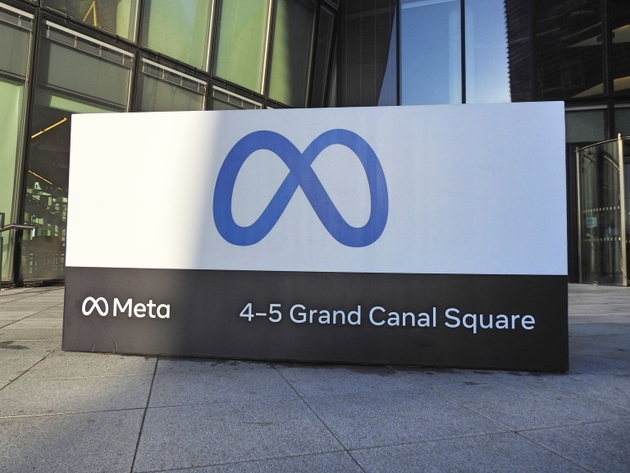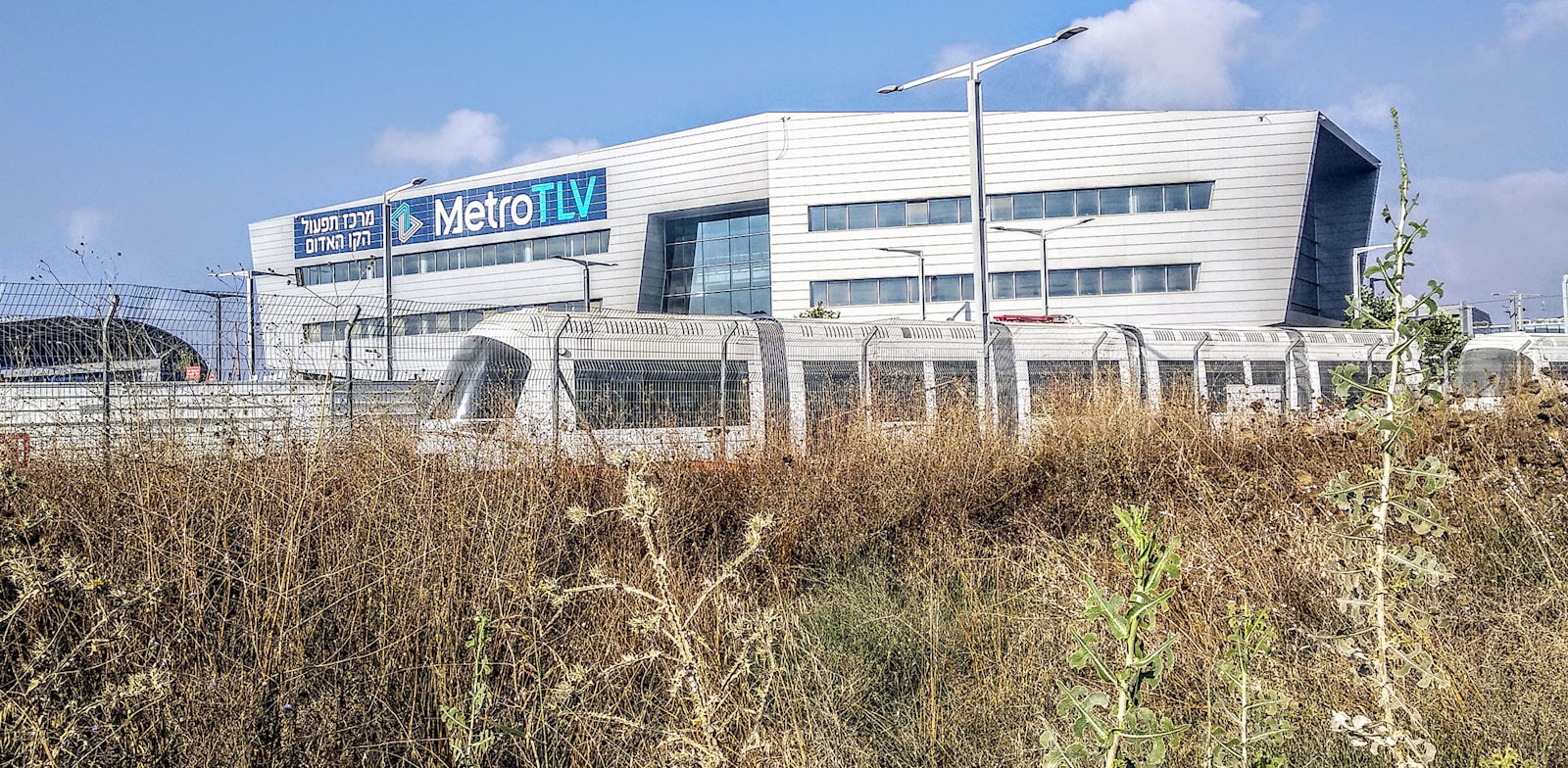When will work ever begin, if at all, on the Tel Aviv Metro? While the previous government pushed ahead, the new-old Minister of Transport Miri Regev made clear last week that she opposes promoting the project and will re-examine it, while on the other hand Minister of Finance Bezalel Smotrich is determined to enact the Metro Law in the Knesset as soon as possible.
Meanwhile, a new report commissioned by opponents to the Metro Law led by the Association of Contractors and Builders, demonstrates that even private interests in the market do not back the huge infrastructure project under its current terms. The report, prepared by Kamil Treshnski Refael Real Estate Appraisals and Services raises doubts about the real estate benefits that will be generated from TAMA 70 regulations, which are meant to increase building rights near Metro stations. The report found, among other things, that real estate prices, near planned Metro stations, which should have increased due to the enormous economic potential being near a Metro station should provide – have not increased.
The report is based on real transactions carried out in recent months in properties in the designated areas of planned Metro stations. There are also suggestions that in many cases the Metro will not improve prices, and may even lower the value of the properties, or leave them unchanged.
Clause 19 of the Metro Law allows the imposition of a tax whose revenue would be used to finance the construction of future Metro lines. In the framework of that section, it was determined that the levy charged owners of properties near planned Metro stations will include 40% of the improvement in value to the municipality, and 35% to the state.
The idea behind this clause and tax is that the areas surrounding the Metro stations would receive additions of tens or even hundreds of percentages in building rights, which would hugely increase their values, and this would allow the collection of taxes at the exceptional rate of 75% of the improvement. The plan that is supposed to lead to the improvement of these properties is TAMA 70, which is currently under internal discussions in the district committees for planning and construction, which are supposed to submit their comments on it.
Outline plans with more building rights
The report found for example that the Tel Aviv Municipality outline plan and other municipal plans are already proposing more building rights than TAMA 70. For example in the Hof Hatachelet plan for Herzliya Pituah, west of Road 2 and south of the industrial zone, the report found that TAMA 70 harms rather than enhances building rights because it would force developers to allocate 20% of residential properties to offices.
A year ago the new plan for the triangular area of the Ramat Gan Diamond Exchange was approved which also included TAMA 70 for the areas impacted by the Metro station at the junction of Pinkas and Namir Streets in Tel Aviv. It turns out that building rights without TAMA 70 would be bigger.
The Bayit Habad complex in Hod Hasharon of which a mixed-use project of housing, offices and commercial properties is planned to be built has also been granted larger building rights than TAMA 70. And these are only some of the examples, the report says.
RELATED ARTICLES
Smotrich to push Metro bill despite Regev’s opposition
Incoming transport minister Regev slams Metro plan
On the high taxation that will be imposed on property owners in the areas near Metro stations, the report says, “There is no direct connection between the approved scope of rights and the provisions of TAMA 70, and even though there is no actual empowerment of rights in accordance with the provisions of TAMA 70, not to mention that there is sometimes even a design violation, there is no actual compensation for the increased tax set out in the Metro Law, instead, increased taxation is established on existing rights.”
Have property owners already priced in the change?
Another critical aspect of the report is understanding the degree of trust that the real estate market has placed in the Metro project. TAMA 70 says that as of January 1, 2023, plans that will be deposited in the areas influenced by Metro stations will be recognized in improvement plans and will therefore be subject to the Metro Law, which imposes a total 75% tax on the improvement.
According to the authors of the report, the date was set because it was felt that by them the Metro plans would have already impacted prices in the relevant areas. If this assumption is correct – by now we should have noticed price increases for properties near planned Metro stations.
The appraisers who wrote the report sampled average prices in recent deals of apartments to be affected by four planned Metro stations and comparable nearby apartments that won’t be affected. For example they found that new apartments near the Namir-Pinkas station in Tel Aviv fetched NIS 68,911 per square meter, while the average prices of new nearby apartments not near the station was NIS 69,500 per square meter.
Expectations of price rises were not realized in reality
New apartments recently sold near the Kikar Magen David and Kikar Habimah stations in Tel Aviv have fetched NIS 63,438 per square meter while nearby new apartments not affected by the stations sold for an average of NIS 62,170 per square meter.
Another station checked was Kfar Ganim in Petah Tikva. New apartments near the station are being sold for NIS 27,144 per square meter, while nearby new apartments are being sold for NIS 27,255 per square meter.
In other words the real estate market has not been affected by the Metro project and if there were estimates that property prices near the stations would have risen by now – this has not happened. Developers may use the Metro as a marketing tool, but they don’t raise prices because of it.
Published by Globes, Israel business news – en.globes.co.il – on January 10, 2023.
© Copyright of Globes Publisher Itonut (1983) Ltd., 2023.






































